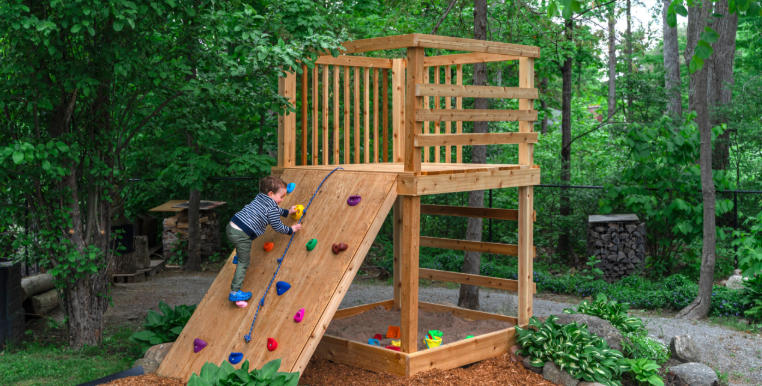Building a homemade climbing wall can be an exciting project that brings the thrill of rock climbing right into your home. Whether you’re a seasoned climber looking to train or a family wanting to encourage a fun and active lifestyle, creating a climbing wall offers numerous benefits. Not only does it promote physical fitness, balance, and strength, but it also provides a creative outlet that can be personalized to fit your space and skill level.
Creating Your Design
Before you start constructing your climbing wall, it’s essential to plan your design carefully. Consider the available space—basements, garages, or even backyards work well—but ensure it’s a sturdy area that can support the weight and stress of climbing. Sketch out your climbing wall, including the height, width, and angle. Many home climbers prefer a vertical or slightly overhung design for a mix of challenges and safety. Remember to include safety features, like crash pads and cushioned flooring, to create a secure environment.
Material Selection
Once your design is finalized, it’s time to select materials. Plywood sheets are commonly used for the wall surface, typically cut into panels that can be easily fitted together. Choose high-quality wood, free from knots and imperfections, to ensure safety and durability. You’ll also need climbing holds, which can be bought or made from resin or other suitable materials. When installing holds, be sure to leave adequate space between them to accommodate different climbing techniques and challenges. Finally, use strong fastening materials to secure the wall frame and to attach the climbing holds safely.
Maintenance and Safety Tips
A homemade climbing wall is an investment, and maintaining it is crucial for safety and longevity. Regularly inspect the holds and wall structure for any wear and tear, replacing or tightening bolts as needed. It’s also wise to establish climbing rules, particularly if children will be using the wall, to ensure everyone understands how to climb safely. Keep the climbing area free of obstructions, and encourage proper technique to minimize injuries. You might even consider documenting climbs, allowing for a sense of progress and goals to be set for future climbs.
In conclusion, creating a homemade climbing wall can be an incredibly rewarding project that encourages fitness, creativity, and fun. With careful planning and attention to detail, you can design a climbing wall tailored to your needs and space. So gather your materials, unleash your creativity, and start climbing! For more tips, techniques, or inspiration, feel free to explore further resources and connect with the climbing community. Happy climbing!
